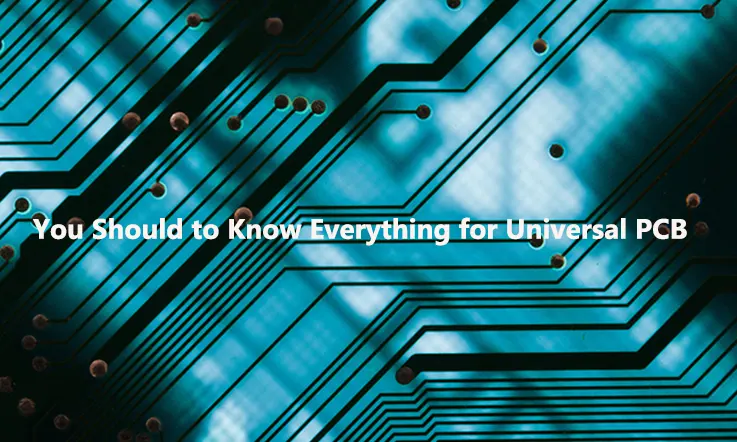
Universal PCBs, also known as prototype PCBs, play a crucial role in the design stage of new PCB-compatible devices and machines. They are an essential tool for testing out ideas and verifying system concepts, allowing manufacturers to perfect the function of PCBs before large-scale production.
Prototype PCBs help manufacturers prevent any waste of resources and time during the manufacturing process, ensuring an optimized PCB design and enhancing performance. Additionally, they enable the creation of single electronic device units for various applications, facilitating the development of new products.
Manufacturers prefer using glass fiber as a substrate material for most universal PCBs as it is a more durable and cost-effective material than phenolic paper. Some manufacturers also include tinned circuit board holes to prevent oxidation and improve solderability.
While most universal printed circuit boards are suitable for soldering components, others feature spring terminals designed primarily for hobbyist use. These PCBs are easily available for test projects from most related websites. It is imperative to select the variant that best meets the specific application requirements to ensure optimal performance.
What Are Types of Universal PCB Materials ?
Universal PCBs, can be made from various materials depending on the intended use and application requirements. The most commonly used materials for universal PCBs are as follows:
● FR-4: A versatile, glass-reinforced plastic material that is widely used for PCBs in industrial applications.
● CEM-1: A composite material made of cellulose paper impregnated with polyester resin and is suitable for low-end applications.
● CEM-3: Similar to CEM-1, but with improved characteristics for high-temperature applications.
● Rogers: A high-performance material made from ceramic-filled PTFE, often used for high-frequency applications.
● Ceramic: The materials are commonly used in the manufacturing of electronic components, including PCBs and semiconductors. These materials are known for their high thermal conductivity, insulation properties, and durability, making them ideal for use in high-temperature and high-power applications.
● Metal Core PCB: A PCB that uses a metallic core, typically aluminum or copper, instead of a dielectric material, providing superior thermal management
Characteristics of Universal PCBs
Universal PCBs come in various sizes, shapes, and styles, ranging from large circuit boards measuring dozens of centimeters in length to rectangular PCBs that are almost postage stamp-sized. These PCBs are available in single-sided as well as double-sided versions and are made of paper laminates and glass-epoxy laminates, with thicknesses ranging from 0.7 to 1.6 mm.
Despite the market’s diversity, universal PCBs typically conform to an industry standard concerning dimensions. A typical set consists of ten pieces, with each piece measuring around 5 × 7 cm and having a thickness of 1.6 mm. The length of each grid is approximately 2.5 mm, with a hole diameter of around 1 mm. Some PCBs are available in euro card shapes with edge connectors, while others, such as spherical PCBs, are designed for specific applications like computer card prototypes and LED illumination.
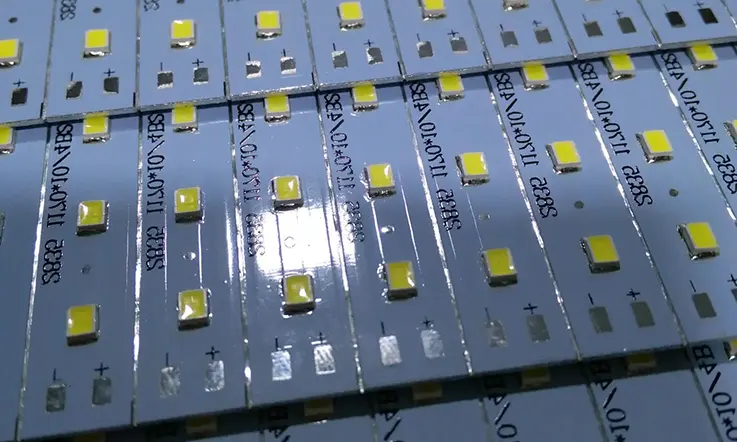
While universal PCBs offer numerous advantages for prototyping, mass production often requires tried-and-true circuit board concepts. Although the current project may be small and only require singular units, most electronic projects utilizing a general-purpose circuit board for prototyping are nearing the conclusion of mass production. As a result, using universal PCBs is often temporary, while using circuit boards that are well-known is often a permanent solution.
As a result, circuit boards offer tremendous benefits when it comes to prototyping. Their beauty lies in the ability to translate an initial idea into a functional system while conserving time and resources. With a strong focus on design and efficiency, PCB design engineers hold the key to producing high-quality circuit boards that meet the specific demands of each application
Types of Universal PCBs
Here are some possible types of Universal PCBs:
Single-sided Universal PCBs
These are Universal PCBs that have components and traces on one side of the board only, and are mostly used in simple or low-cost electronic products.
Double-sided Universal PCBs
These are similar to single-sided Universal PCBs but have components and traces on both sides, allowing for more functionality and miniaturization. They are commonly used in more complex electronic products.
Multilayer Universal PCBs
These are Universal PCBs that have multiple layers of conductive and insulating materials, allowing for even greater functionality, miniaturization, and signal integrity. They are especially useful in high-frequency applications, such as cellular base stations and communication satellites.
Flexible Universal PCBs
These are Universal PCBs that use flexible materials, such as polyimide, instead of rigid substrates like fiberglass. They are mainly used in products that require flexibility, such as wearable devices and medical sensors.
High-Temperature Universal PCBs
These are Universal PCBs that can withstand high temperatures without degrading or losing their electrical properties. They are used in high-temperature industrial and aerospace applications.
Metal Core Universal PCBs
These are Universal PCBs that are constructed with metal substrates like aluminum or copper, allowing for better thermal conductivity and management. They are used in products that require efficient heat dissipation, such as LED lighting and power supplies.
Note that the types of Universal PCBs can vary depending on the specific vendor or manufacturer.
Design Considerations for Universal PCBs
Here are some possible design considerations for Universal PCBs:
● Component Placement and Layout: Proper placement and layout of components are critical to achieving optimal performance and minimizing interference and noise. The designer should consider the size, shape, and orientation of the components, as well as their placement relative to each other and the board’s edges.
● Trace Routing and Signal Integrity: The designer should route the traces carefully to avoid signal interference, crosstalk, and signal loss. They should also consider the impedance matching, termination, and other techniques for optimizing signal integrity.
● Thermal Management: The designer must consider the heat buildup caused by the components and the power dissipation. They should choose materials that have excellent thermal conductivity and use heat sinks, thermal vias, and other techniques to dissipate heat efficiently.
● Power Delivery and Distribution: The designer must ensure that the board’s power supply can deliver enough power to all components without causing voltage drops or other issues. They should consider the layout of power planes and ground planes, as well as the placement of decoupling capacitors and voltage regulators.
● Compliance and Standards: The designer should ensure that the board complies with relevant industry standards, such as RoHS, WEEE, and UL. They should also consider any specific requirements for the application, such as high-frequency performance or EMI/RFI shielding.
● Testability and Debugging: The designer should include test points, access points, and other features that facilitate testing and debugging during the board’s prototyping and production phases.
Manufacturing and Assembly Processes for Universal PCBs
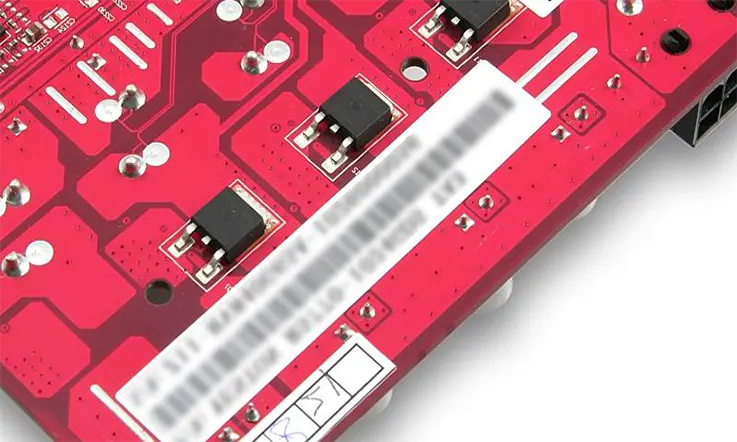
Here are some possible manufacturing and assembly processes for Universal PCBs:
● Printing and etching: The manufacturing process starts with printing the design onto a copper-clad substrate using photoresist or other methods. The board is then etched to remove the unwanted copper traces, leaving only the desired circuitry.
● Drilling and milling: After etching, the board is drilled and milled to create the necessary holes and cutouts for components, connectors, and mounting hardware.
● Plating and Coating: The board is plated with a thin layer of an electroless or electrolytic metal, such as gold or tin, to protect the copper from oxidation and improve solderability. It may also be coated with a conformal coating, such as polyurethane or acrylic, to protect the board from moisture, dust, and other contaminants.
● Components Placement and Soldering: The components are placed on the board, using automated or manual pick-and-place machines, and then soldered using reflow or wave soldering techniques that melt the solder and create a permanent connection between the components and the board.
● Inspection and Testing: The board is inspected and tested for quality control purposes, using various techniques such as automated optical inspection (AOI), X-ray, and functional testing. Any issues or defects are identified and corrected before the board is shipped to the customer.
Printing Methods of Universal PCB
The materials and tools required for PCB production depend on the etching type employed. Whether etching is carried out manually, with a machine, or using a chemical etching solution, there is a standard set of tools required, including a printer and a PC.
Supplies required for PCB production include photosensitive PCB boards, transparent slides, cotton buds, Indian ink, paper towels, a source of UV light, drill bits, two glass or plastic bottles, two empty 1L bottles, rubber gloves, fine sandpaper or a kitchen scrubber, hydrochloric acid, acetone, thinner, and kitchen cleaner. Copper boards and hydrogen peroxide may also be required.
Printing procedures for PCB production may vary depending on numerous variables. Various printing methods include:
● Acid Etching: The PCB production process utilizes a range of materials, such as the etchant, and can be time-consuming, requiring numerous safety measures. The quality of the resulting PCB may vary depending on the materials chosen, but this process is generally suitable for circuits with low to medium complexity.
● Rout tools: Mechanical tools are a crucial requirement for removing excess copper from the PCB or installing separators across wires during the PCB production process. Specialized equipment is necessary for this purpose, which may come at a significant expense to purchase and could require access to a nearby workshop for renting. Despite this, this approach is ideal for manufacturing high-quality PCBs at scale and producing frequent circuit duplications.
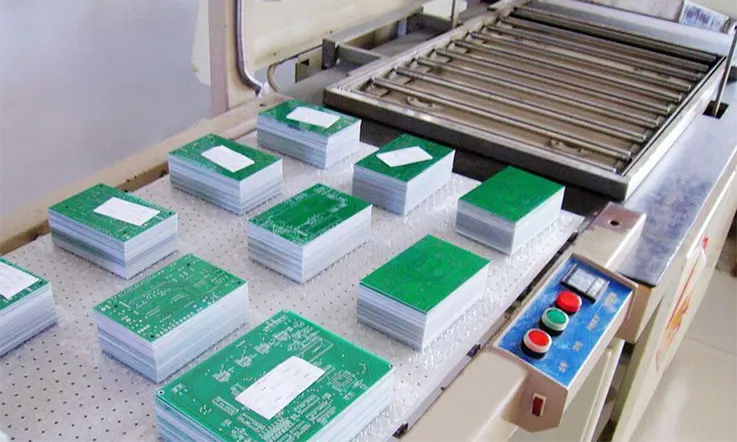
Applications of Universal PCBs
Consumer electronics: Universal PCBs are commonly used in a wide range of consumer electronics, including smartphones, laptops, digital cameras, and home appliances.
● Industrial control and automation: Universal PCBs are used in various industrial control and automation applications, such as programmable logic controllers (PLCs), factory automation systems, and robotics.
● Renewable energy systems: Universal PCBs are used in renewable energy systems, such as solar panels, wind turbines, and energy storage systems.
● Medical devices: Universal PCBs are used in various medical devices, such as patient monitors, infusion pumps, diagnostic equipment, and implantable devices.
● Automotive and transportation: Universal PCBs are used in various automotive and transportation applications, such as electric vehicles, airbag systems, and navigation systems.
● Aerospace and defense: Universal PCBs are used in aerospace and defense applications, such as satellites, avionics, radar systems, and missile guidance systems.
Future Developments and Trends in Universal PCB Technology
Here are some possible future developments and trends in Universal PCB technology:
● Miniaturization: As devices become smaller and more portable, the demand for Universal PCBs that can support compact designs will increase. This will require the development of new materials and manufacturing processes that can achieve high-density, ultra-thin substrates.
● Flexible PCBs: The demand for flexible PCBs will likely increase as wearable devices, medical sensors, and other applications require bendable and conformable circuits. This will require the development of new substrates, interconnects, and components that can withstand bending and flexing.
● 5G and IoT: The rollout of 5G networks and the growth of the Internet of Things (IoT) will require Universal PCBs that can support high-speed communications, low power consumption, and massive connectivity. This will require the optimization of signal routing, transmission line design, and power delivery for high-frequency and low-loss applications.
● Low-Cost Manufacturing: The development of low-cost and scalable manufacturing processes will continue to be a trend in Universal PCB technology. This will include the adoption of new technologies such as 3D printing, inkjet printing, and roll-to-roll manufacturing.
● Advanced Materials: Universal PCBs will continue to utilize advanced materials such as high-performance ceramics, polymers, and nanoparticles to achieve higher thermal conductivity, improved mechanical strength, and resistance to harsh environments.
● Sustainability: There will likely be increasing demand for Universal PCBs that are environmentally friendly and sustainable. This will involve the development of new materials, manufacturing processes, and recycling technologies that minimize waste and energy consumption.
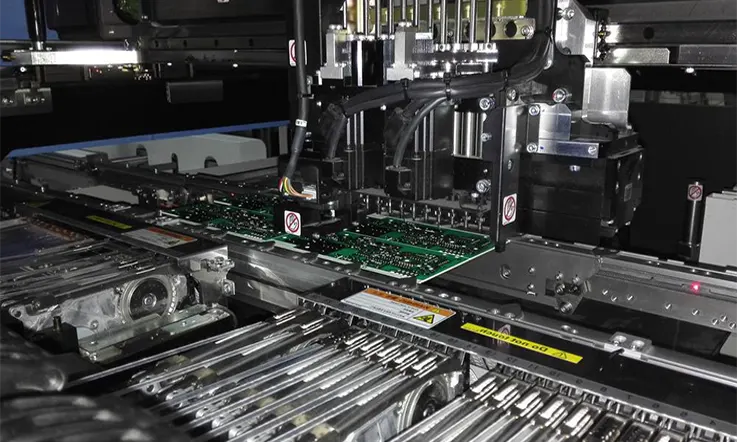
Summary
Universal PCBs are versatile circuit boards that can be used in a wide range of electronic products, from consumer electronics to aerospace and defense systems. They come in various types, including single-sided, double-sided, multilayer, flexible, high-temperature, and metal core PCBs, each designed for specific requirements and applications.
In designing Universal PCBs, various considerations such as component placement and layout, trace routing and signal integrity, thermal management, power delivery and distribution, compliance and standards, and testability and debugging must be carefully taken into account.
Meanwhile, in manufacturing and assembly, various processes such as printing and etching, drilling and milling, plating and coating, component placement and soldering, and inspection and testing must be followed meticulously to ensure quality, reliability, and efficiency. Universal PCB technology is expected to experience future developments and trends in miniaturization, flexible PCBs, 5G and IoT, low-cost manufacturing, advanced materials, and sustainability.
At JarnisTech, we are a PCB manufacturing and assembly company with 20 years of experience in the industry. We take pride in providing turnkey PCB assembly services to our clients. If you require assistance with a new PCB project, please do not hesitate to get in touch with us. We have a dedicated team of professionals who will respond to your queries in a timely and efficient manner. Let us help you bring your project to life with our expertise and commitment to quality.
